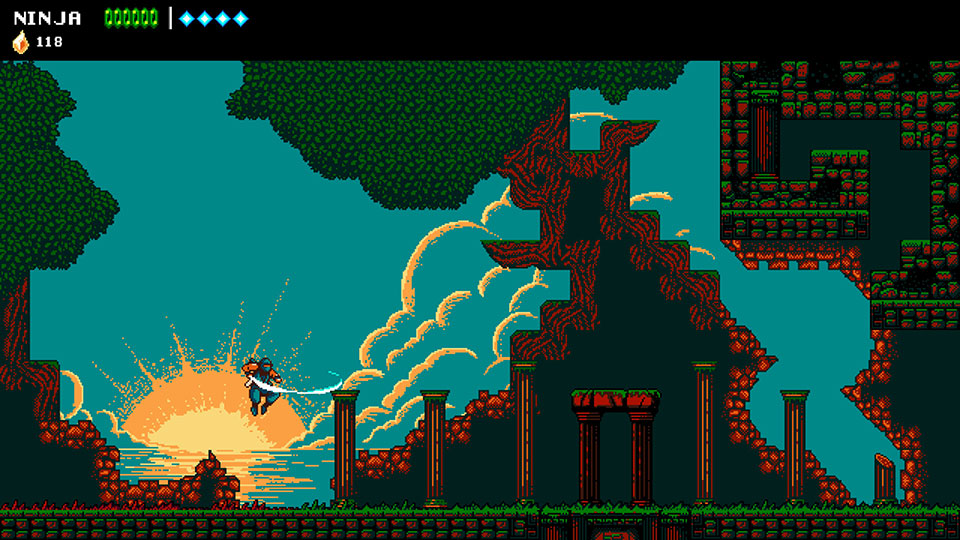

Too often its linear action alternates between repetitive platforming and surprise difficulty spikes. The same goes for The Messenger’s intro, which imitates the era to a fault. But change came slowly, so NES games still contained a lot of residual arcade-style design. New home consoles allowed artists to make more complex, forgiving and intentionally paced adventures. Designers at that time had relied on difficulty and easy-to-learn gameplay to milk quarters from arcade patrons. The Messenger’s 8-bit first half is burdened by many of the limitations of games from the late 1980s. The topic of the seminar: how video games changed between the NES and the SNES, and why trying to recreate or revisit that period is inherently precarious. Its hurried pace, paperback fantasy through-line, and colorful world congeal into a throwback to rainy weekends in the 1990s spent barreling through an entire stack of whatever was available at the video game rental shop.īut taken holistically, The Messenger works as a Video Games 101 master class. The controls are too fussy in the first half, and the upgrades too slow to unlock in the second half. Neither of its two halves - retro demake and modern Metroidvania - rise to the quality of their contemporaries.

Taken as two complementary pieces, the end result is an airy and charming but hardly extraordinary ode to retro games. In an instant, the ode to Ninja Gaiden morphs into the latest entry in the rapidly expanding modern Metroidvania catalogue, making The Messenger a sibling of games like Hollow Knight. Various allies send you looping back and forth, acquiring even more powers that grant access to even more branches. The initial linear path grows into a tree trunk from which new areas, once unreachable or hidden, branch outward. Instead of credits rolling, you see that the ninja gains new powers and all the previous locations are adorned with glowing rifts that, when entered, shift the ninja between two time frames - the past and the present, represented cheekily in 8- and 16-bit graphics, respectively. The stakes are raised, the table is set all over again. Think of it like the end of the midpoint turn. In fact, the final boss battle isn’t remotely close to the final boss battle. The story of The Messenger doesn’t end after the final boss battle. This isn’t related to the story, and it’s hinted at heavily in the trailer and in demos during conventions like PAX.

This chunk of The Messenger would work on its own as the latest entry in the rapidly expanding retro demake catalogue, a sibling of games like Shovel Knight.Īnd now, a warning: We can’t discuss the rest of The Messenger without spoiling its big twist.

Our hero visits all the classic biomes - the swamp, the ice kingdom, the volcanic caverns - and eventually finds himself on the footsteps of the big-bad. An otherwise familiar dish, The Messenger is spiced with meta dialogue that’s just the right amount of twee, along with some challenging but hardly impossible boss fights. Our nameless blue ninja flips off platforms and walls, slicing hundreds of demons between point A and point B. The Messenger opens as a straightforward Ninja Gaiden tribute, drawn in 2D NES-style pixels. It’s a quick, playful and bumpy jaunt of a game that for better and worse does a spot-on impersonation of the games that inspired it.
#The messenger windows
30 on Nintendo Switch and Windows PC, the adventure progresses like a nostalgic walking tour of 8- and 16-bit video game design. The Messenger begins as one game, then ends as another.


 0 kommentar(er)
0 kommentar(er)
